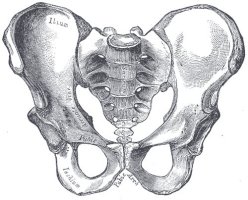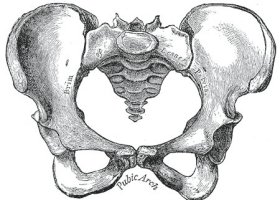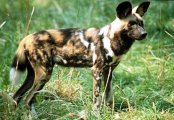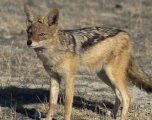| Segmentation of Butterflies in Outdoor Images Butterflies are not only beautiful to look at, but also important factors in ecological health. They come in many colours but take on similar shapes. This project aims at segmenting the outlines of butterflies in outdoor images.     Project Objective: Segment the outlines of butterflies in outdoor images. Consider only those whose wings are opened. You may ignore the butterflies' feelers. Grading Criteria: > The algorithm should be as automatic (i.e., little user input) as possible. > The detection and segmentation results should be as accurate as possible. Difficulty Levels: > Entry Level: User marks a bounding box in which a butterfly's outline is to be segmented. > Intermediate Level: As in Entry Level, but some parts of the butterfly may be slightly occluded. > Advanced Level: As in Intermediate Level, without user marking the bounding box. Only one butterfly in an image. > Ultimate Challenge: As in Advanced Level, with more than one butterfly in an image. Notes: > You may collect the images available in the web. |
||||||||||||||||||||||||||||||||
| Detection and Segmentation of Pelvis Bones in X-ray Images Many elderly people suffer from fractured pelvis or femur (thigh bone) due to falling. In order to properly diagnose the patients' conditions, it is necessary to examine the patients' bones in x-ray images. This project aims at detecting and segmenting the outlines of pelvis bones in x-ray images. There is a significant difference between the male and female pelvis bones.
Sample x-ray images: 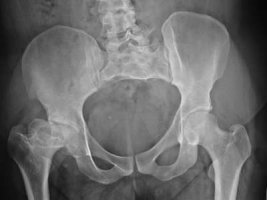 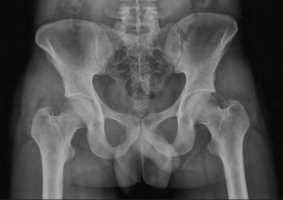 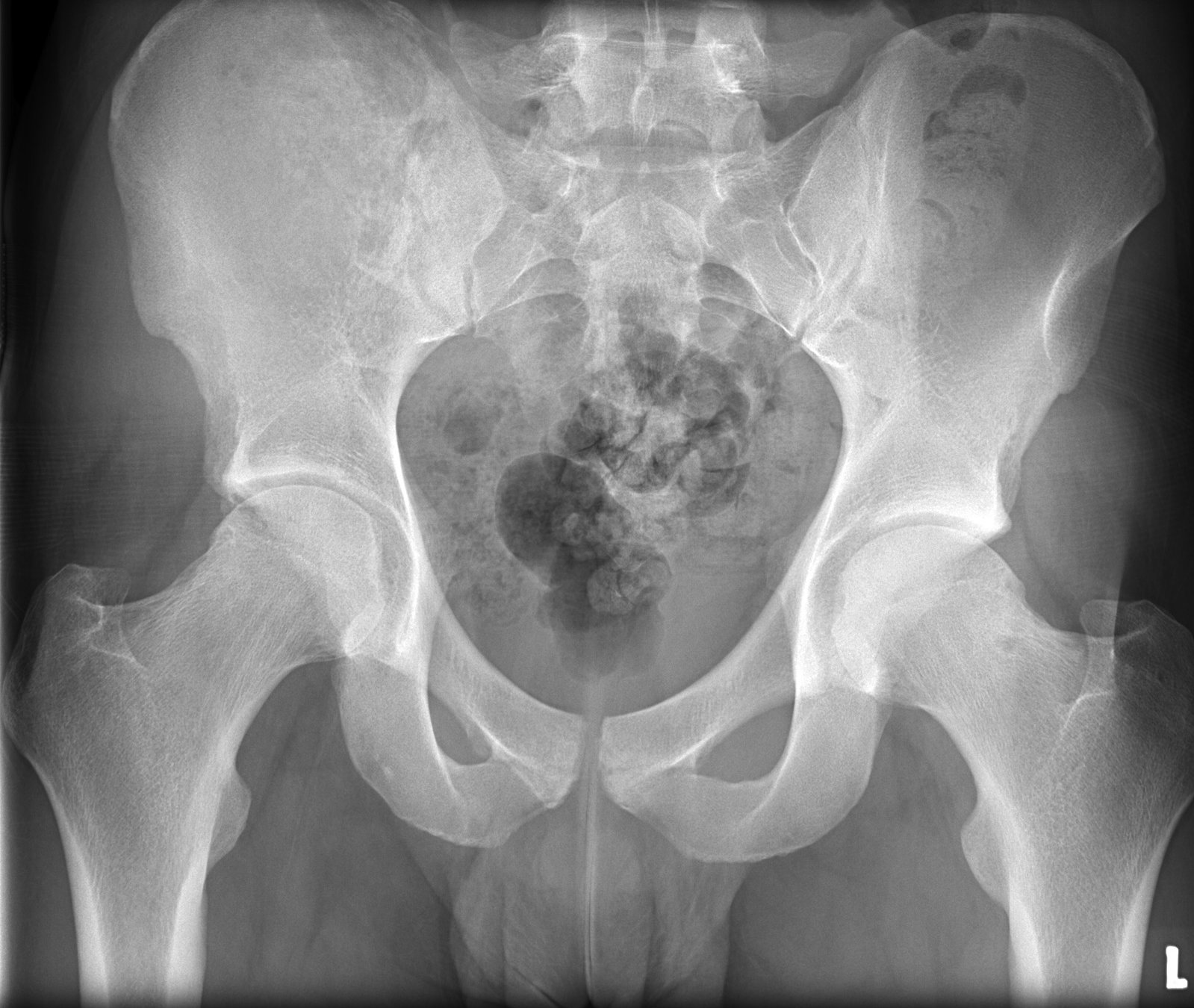 Project Objective: Segment the pelvis bones in x-ray images. Grading Criteria: > The algorithm should be as automatic (i.e., little user input) as possible. > The detection and segmentation results should be as accurate as possible. Difficulty Levels: > Entry Level: User marks a bounding box in which a pelvis bone's outter boundary is to be segmented. You may include part of the femoral heads in the segmentation results. > Intermediate Level: As in Entry Level, but part of pelvis bone may be obscured or missing from the image, as in the third example. > Advanced Level: As in Intermediate Level, without user marking bounding boxes. > Ultimate Challenge: As for Advanced Level, but excluding the femoral heads. Notes: > You may collect x-ray images from the instructor or from the web. |
||||||||||||||||||||||||||||||||
| Recognition of Animals in Outdoor Images You are tasked to develop computer vision systems for zoologists to study african animals in the wild. You first task is to develop a system that recognises different types of animals.
Project Objective: Recognise animals in outdoor images. Grading Criteria: > The algorithm should be as automatic (i.e., little user input) as possible. > The recognition results should be as accurate as possible. Difficulty Levels: > Entry Level: Use colour histograms as featuures for recognising the following animals: lion, elephant, african wild dog and leopard. User marks a bounding box in which to extract feagtures for recognition. Use Bayesian classifier. > Intermediate Level: As in Entry Level, but use more advanced classifiers such as Support Vector Machine. You may use any existing implementations of classifiers available in the web. > Advanced Level: As in Intermedia Level, without user marking the bounding box. More than one animal in an image. Indicate the approximate positions of the animals recognised. > Ultimate Challenge: As in Intermediate Level, but use more discriminative features to differentiate between various kinds of animals with similar coat patterns (as illustrated above). Notes: > You may collect your own images from the web. |
||||||||||||||||||||||||||||||||
| Human Face Image Morphing Morphing the image of a person's face to another person's face is a digital special effect that often appears in the movies. It is particularly challenging when the two people face shape differ significantly. This project aims at developing image morphing algorithm for human faces. 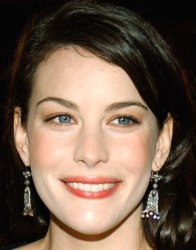 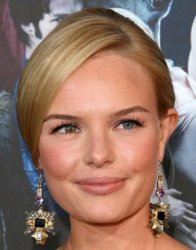 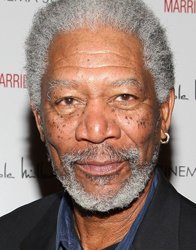 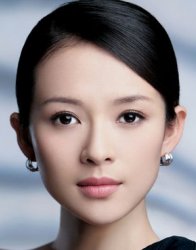 Project Objective: Morph an image of a person's face to another person's face. Grading Criteria: > The algorithm should be as automatic (i.e., little user input) as possible. > The morphing result should be as realistic and seamless as possible. Difficulty Levels: > Entry Level: Frontal face images. User indicates landmark points for morphing. Use a simple linear transformation. > Intermediate Level: As in Entry Level, but use global nonlinear transformation. > Advanced Level: As in Intermediate Level, but use local nonlinear transformation, and non-frontal face images. > Ultimate Challenge: As in Advanced Level, with automatic detection of landmark points. Notes: > You may collect face images from the web. |
||||||||||||||||||||||||||||||||
| Perspective Rectification of Images Photos of buildings often exhibit perspective distortion due to the tilting of the camera. The goal of this project is to develop an algorithm to rectify the building images so that parallel lines in the buildings remain parallel in the images. That is, to convert perspective projection into orthogonal projection. Sample images with perspective distortion: 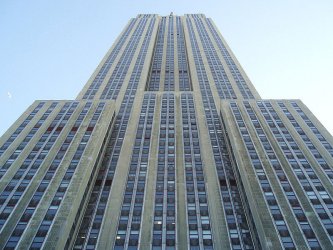 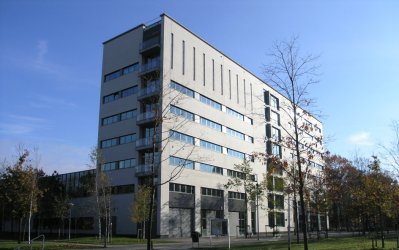 Project Objective: Rectify perspective distortions of buildings in images. Grading Criteria: > The algorithm should be as automatic (i.e., little user input) as possible. > The undistorted images should be as accurate and realistic as possible. Difficulty Levels: > Entry Level: Single planner surface. User indicates landmark points on vanishing lines. > Intermediate Level: As in Entry Level, with sub-pixel landmark points. > Advanced Level: As in Intermediate Level, with multiple planner surfaces. > Ultimate Challenge: As in Advanced Level, with automatic detection of vanishing lines and landmark points. Notes: > You may shoot your own images or collect them from the web. |
||||||||||||||||||||||||||||||||
| Recognition of Car License Plates In applications such as traffic safety and car park management, it is useful to deploy a computer vision system to recognise the license plate numbers of cars. This project aims at developing an algorithm for recognising car license plate numbers. Existing Optical Character Recognition (OCR) sofware work very well on scanned documents, but not so good for general images such as road signs and car license plates. The main problems are due to illumination, resolution and perspective distortion. The goal of this project is to develop the necessary pre-processing of images so that the OCR software can work well. In addition, you can also post-process the OCR results to correct errors of the OCR software, for instance, the last character is a letter and not a numerical digit. 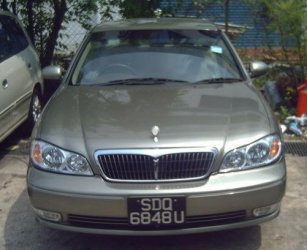 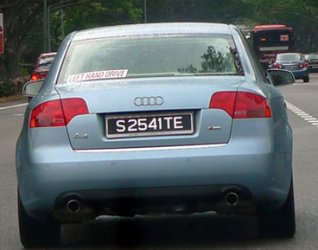 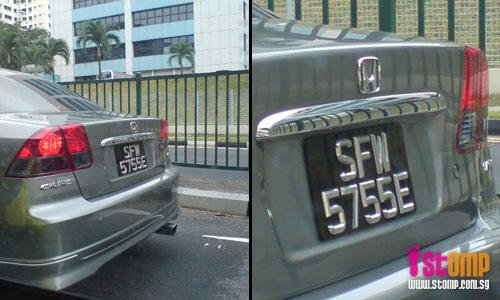 Project Objective: Develop the pre-processing and post-processing algorithms that, together with OCR software, perform accurate car license plate recognition. Grading Criteria: > The algorithm should be as automatic (i.e., little user input) as possible. > The recognition results should be as accurate as possible. Difficulty Levels: > Entry Level: User marks a bounding box over the license plate for recognition. > Intermediate Level: User marks a bounding box over the whole car for license plate recognition. > Advanced Level: Fully automatic, single car per image. Can is not centered in the image and may be tilted. > Ultimate Challenge: As in Advanced Level, low-resolution images, partial occlusion, low light condition, etc. Notes: > You may shoot your own images or collect them from the web. > Use existing OCR (optical character recognition) tools such as http://www.simpleocr.com/ http://code.google.com/p/tesseract-ocr/ > Check here for images of car license plate contributed by past students. |
Last update: 1 Oct 2012
